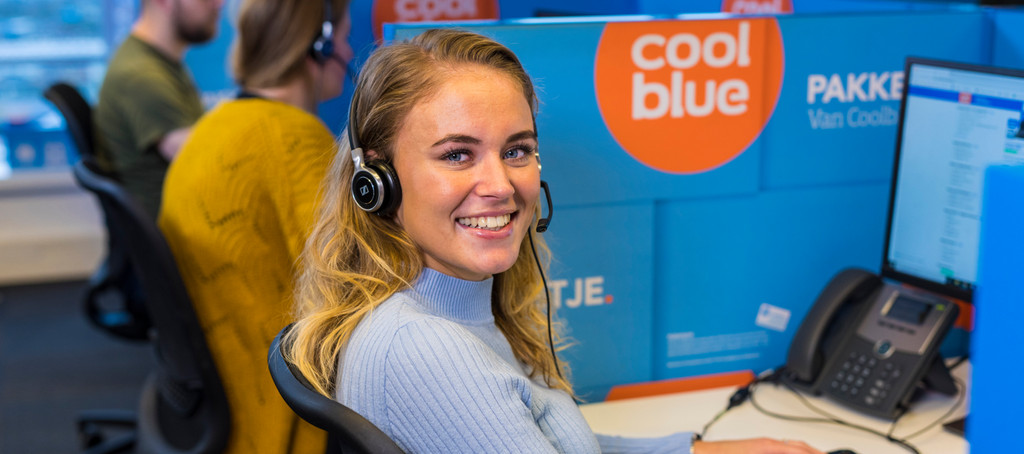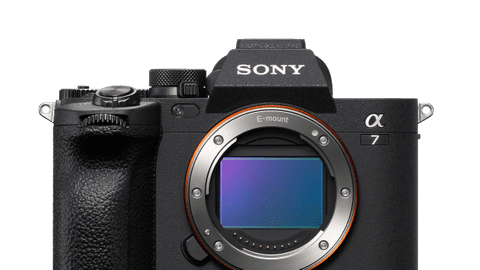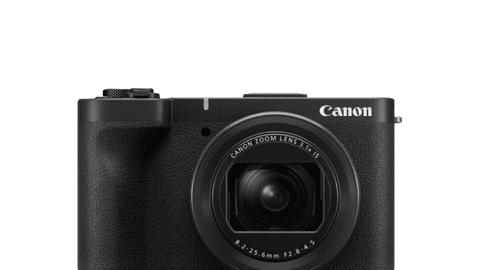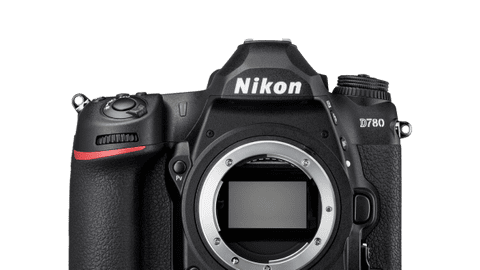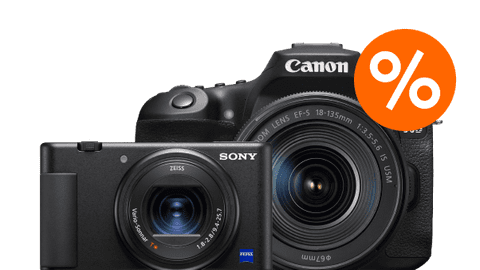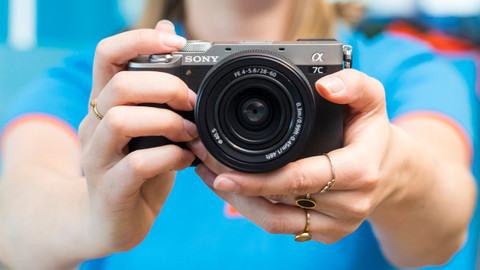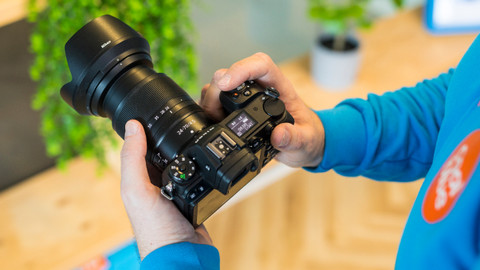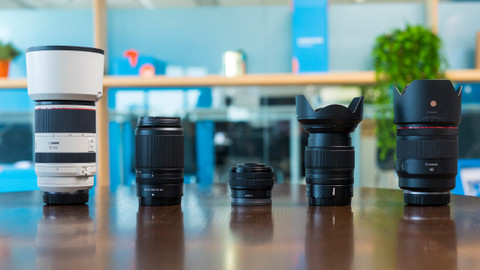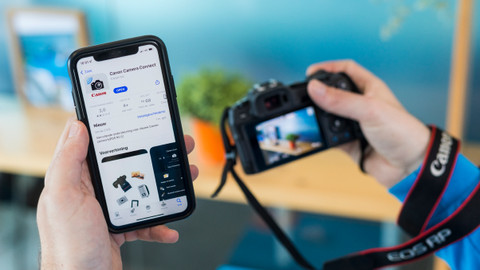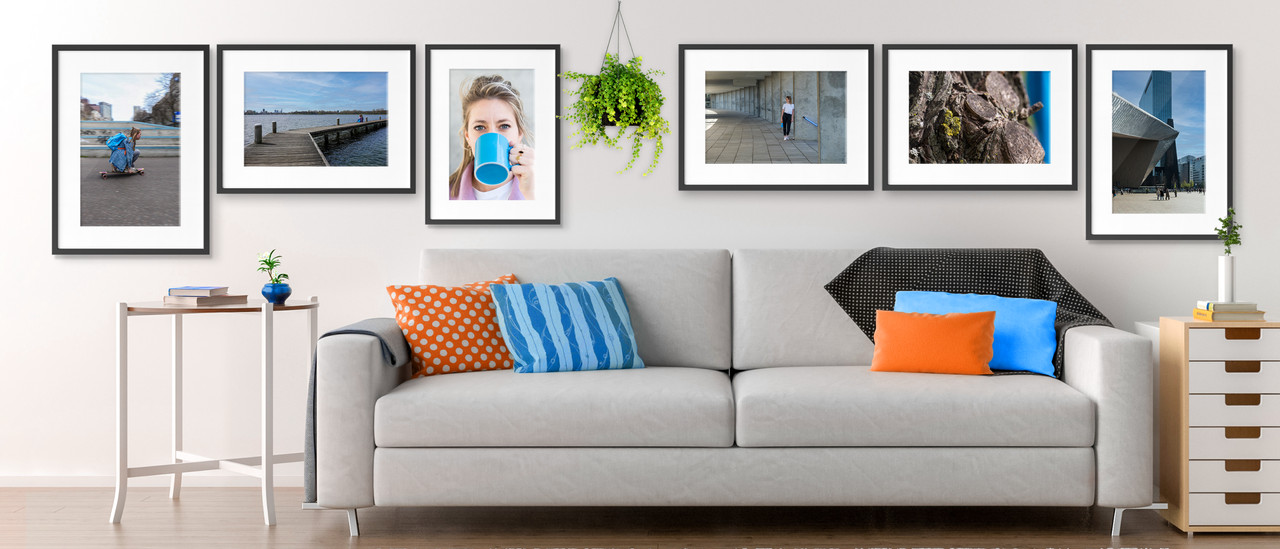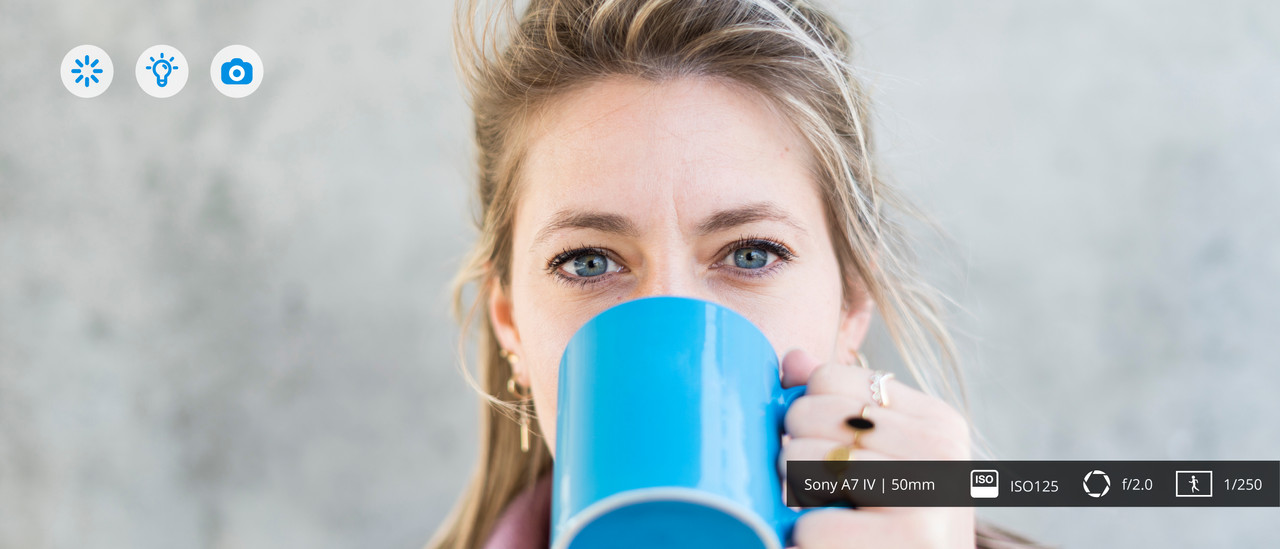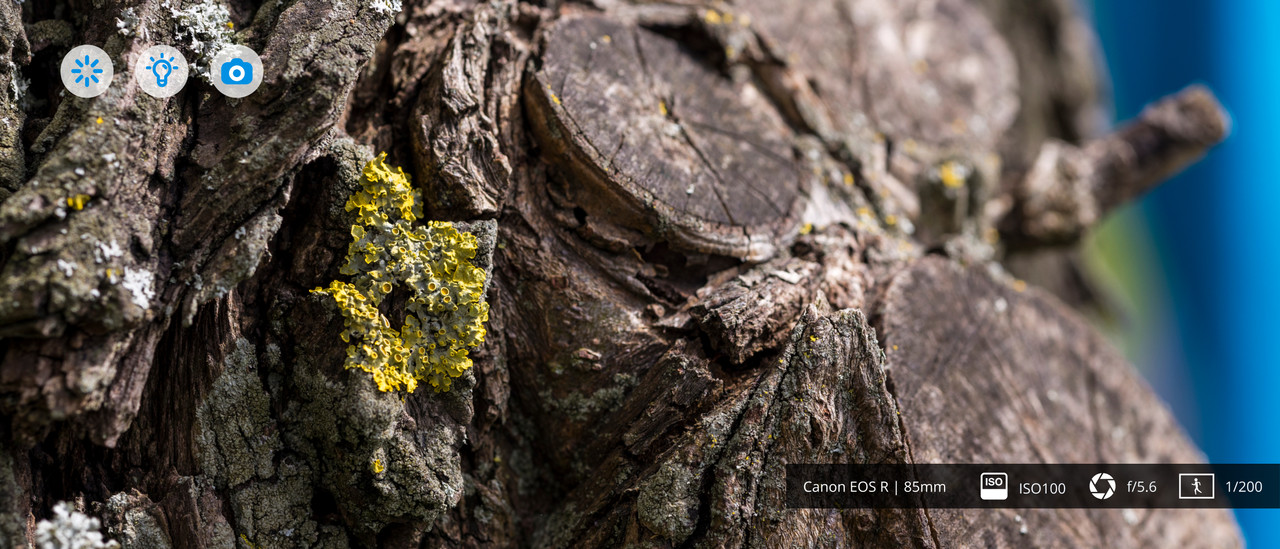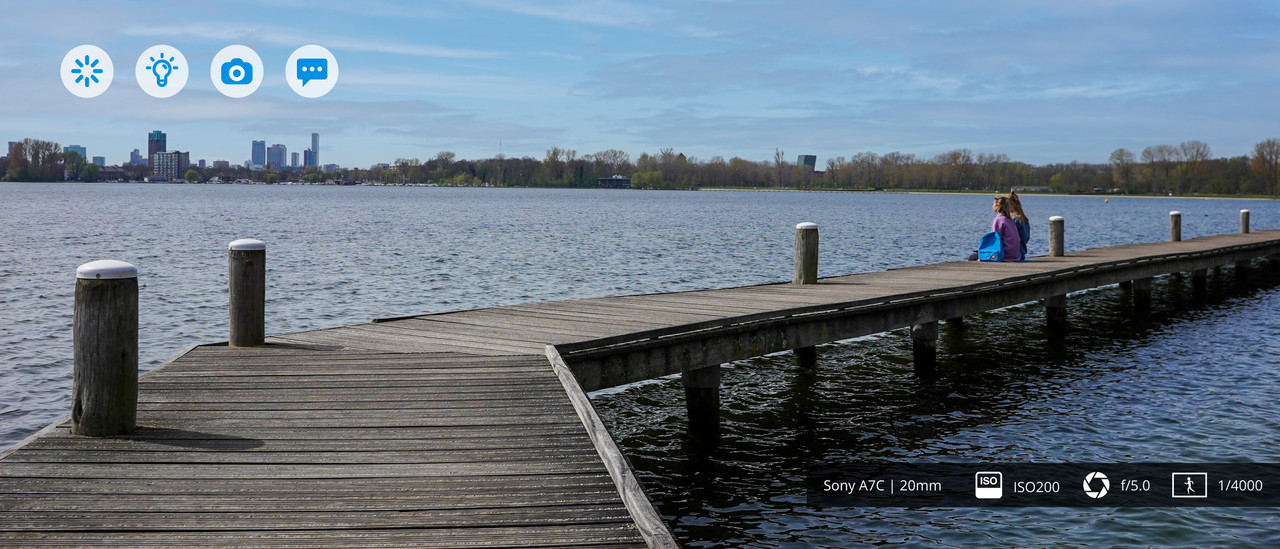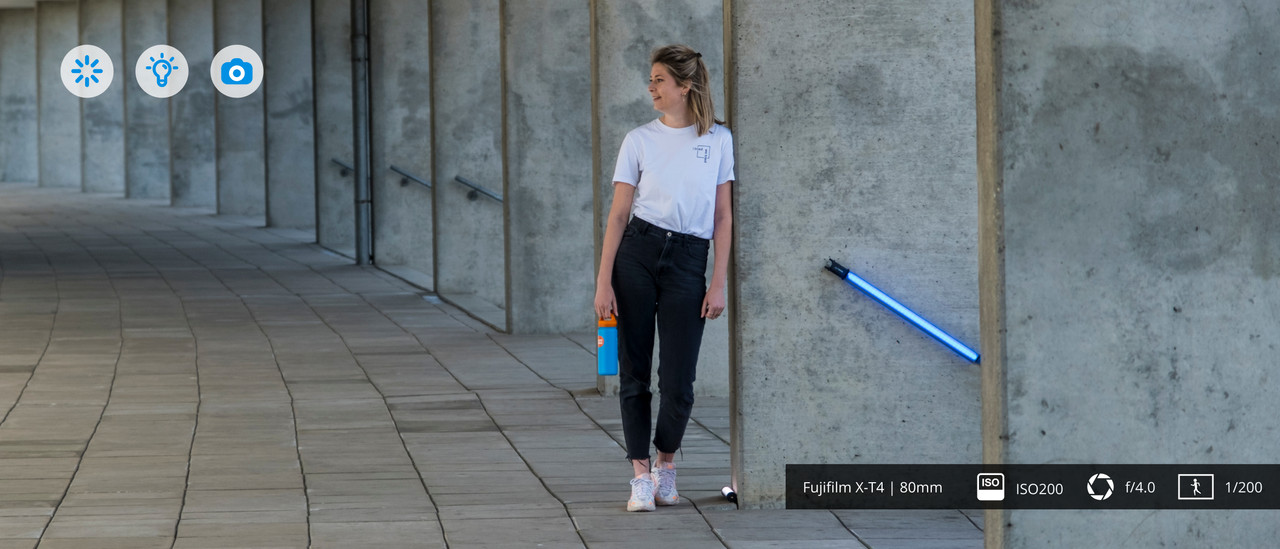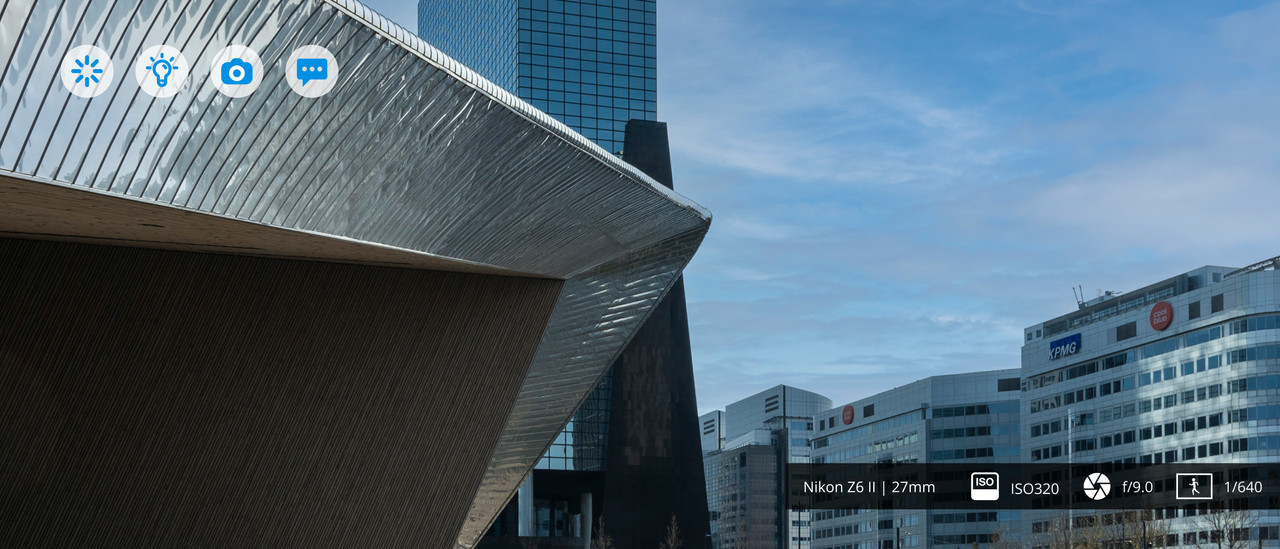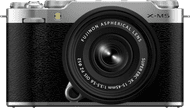Cameras
All mirrorless cameras
Highest image quality and the latest technologies
With basic models, the battery may drain faster.
All compact cameras
Most cameras are small and are easy to take with you
Often a smaller zoom range
All SLR cameras
Good image quality with different kinds of photography
Little development of new technologies
Camera promotions
The best camera deals for you
Act quickly, while supplies last!
Advice on photography and videography
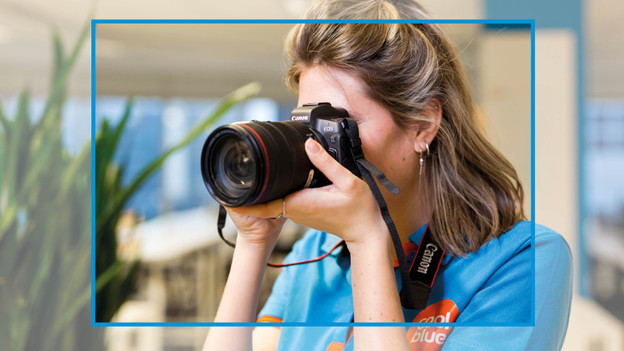
Full-frame sensor
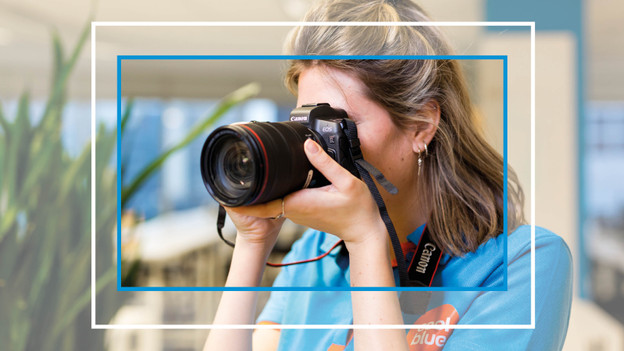
Non full-frame sensors

Sensors for compact cameras
The exposure triangle: the 3 most important manual settings
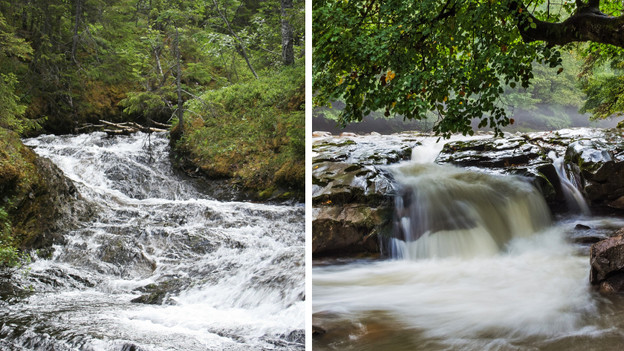
Shutter speed
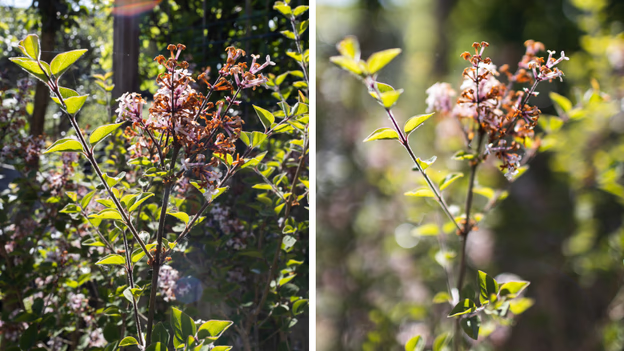
Aperture
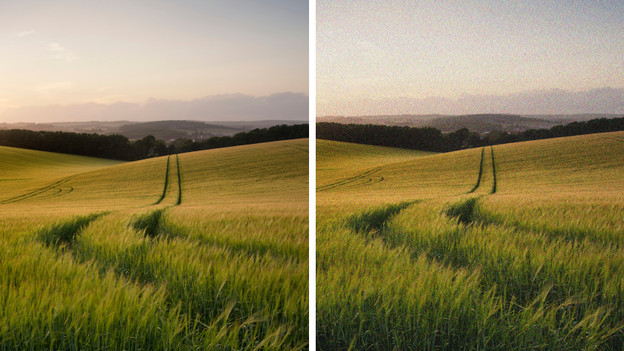
ISO values
Photo inspiration
Camera of the month
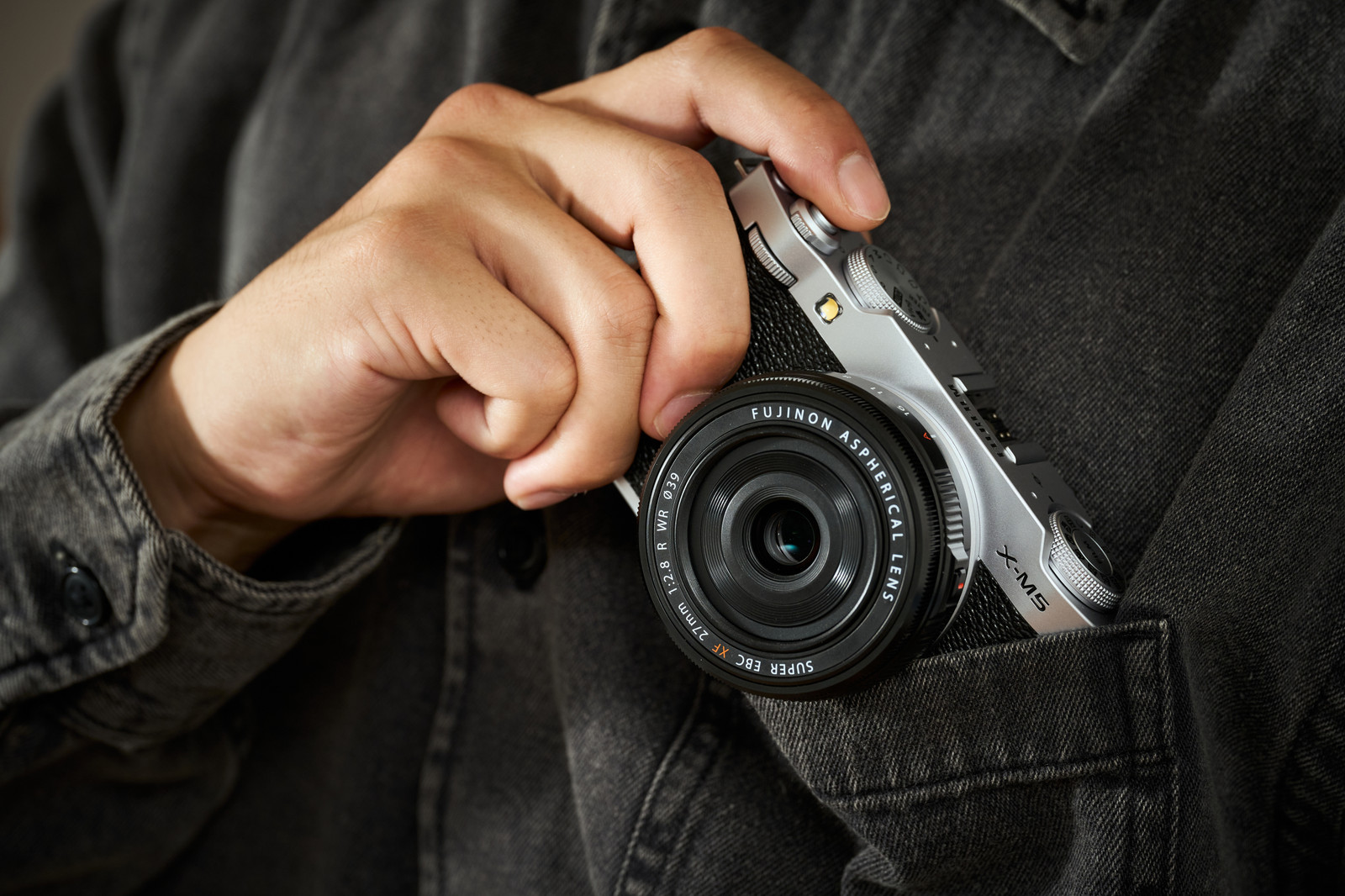
Take photos with a retro look
The Fujifilm X-M5 is a user-friendly camera with a retro look. Thanks to the compact design, this camera is also very suitable for a trip. With the built-in Film Simulations, you can capture your vacation creatively. These filters give your photos a vintage effect, so it looks like they're taken on an old-fashioned film reel.
Frequently asked questions
Which type of camera suits me?
There are various types of cameras to choose from. Each type of camera has its advantages and disadvantages while photographing. In this article, we've compiled a list of pros and cons for you.
What are the best cameras for beginners?
Are you a starter photographer and don't know which camera to buy? We've made a selection of 6 starter cameras.
What are ISO values and when do you use them?
The ISO value decides the light sensitivity of your sensor. For a photo with good lighting, the sensor needs enough light. If you're at a location where there's not a lot of light, like inside or at night, you can raise the ISO value. This makes the sensor more light sensitive, so it catches more light.
How do you choose a vlog camera?
If you're looking for a vlog camera, there are several things you should keep in mind. Some important specifications for a vlog camera are the image quality, a tiltable screen, image stabilization, an external microphone jack, focus, and livestreaming. We'll explain why you need these specifications here.
What's the difference between a mirrorless camera and an SLR camera?
These days, you can do just as much with a mirrorless cameras as with an SLR camera. Both cameras have good sensors with which you can take photos and videos in various lighting situations. An SLR camera has an optic viewfinder. This allows you to look at the scene through the mirror. A mirrorless camera has an electronic viewfinder, so you're basically looking at a small screen. With a mirrorless camera, you can generally take more pictures per second. This is great for sports and action photography, for example.
What's the difference between optical zoom and digital zoom?
With optical zoom, you can bring a subject closer because of moving lens elements. You do this before you capture the photo. With digital zoom, you enlarge a part of the image, which can cause quality loss.
